Airbus hat die Übertragungsmöglichkeiten erforscht. Covid-19 holt man sich im Flugzeug scheinbar sehr schwer …
Airbus hat sich in den letzten Monaten die Möglichkeit einer Übertragung von Covid-19 im Flugzeug angesehen. In einer Studie kommt man zum Schluß, dass das Fliegen doch sehr sicher ist. Masken, Filtersystem und starke Aircondition scheinen eine Übertragung sehr zu erschweren. Airbus kommt zum Schluß: Ein Abstand von 30cm entspricht einem realen Abstand von 1,8m.

Die Pressemitteilung:
„Thanks to a three-dimensional computer simulation, Airbus’ cabin experts are able to understand potential particle propagation (which happens when droplets and aerosols are expelled via breathing, coughing, sneezing or speaking) from a passenger. The methodology for this simulation is rigorous. Based on “Computational Fluid Dynamics” (CFD), the study analyses 50 million points inside the cabin, and calculates a variety of parameters such as air speed, direction and temperature for each of these points at 1,000 times per second.
Another notable conclusion drawn from the study was that significantly fewer particles emitted by a passenger in an airliner cabin reached the breathing zone of other passengers, compared with particles emitted in a typical commercial indoor space. It also demonstrated no increased particle exposure when seated directly beside another passenger.
Other interesting findings are the visible and invisible barriers that virtually enable physical distancing onboard. These invisible barriers are created by the already high exchange rate of air in the cabin, the “top to bottom” airflow pattern, High-Efficiency Particulate Arrestors (HEPA) filtration, combined with forward-facing seating and high backrests.
These barriers essentially imply that 30cm (around one foot) of physical distance onboard an aircraft is equivalent to 1.8m (six feet) distance outside of an aircraft, which is more than the recommended one meter (around three feet) by the World Health Organization (WHO). Therefore, even when someone coughs or sneezes, and even when all seats (including the middle seat) are occupied, passengers are essentially still sitting more than six feet apart from each other.
…
Complex simulations of this nature are normal practice at Airbus. To optimise airflow pattern in the cabin and to ensure passenger and crew thermal comfort, health and safety, studies drawing on CFD modeling are run continuously to analyse air cleanliness and airflow.
In early 2020, the data collected was already pointing to a very low risk of virus transmission in the cabin. Airbus built upon these initial findings in the summer of 2020 by developing and performing a range of simulations which characterise airborne particles dispersal inside an aircraft cabin. The input for the model was robust, and included unique conditions such as cabin pressure, humidity and airflow, in particular regarding the complex aerodynamics as air moves around passengers and seats.
The simulations, based on a typical A320 economy-class configuration, model the ‘top-to-bottom’ airflow (an integral design feature of all Airbus cabins), how that airflow interacts aerodynamically and thermodynamically around the seats and their occupants, as well as the air renewal rates. The transmission propagation of expelled airborne particles was tracked to determine whether they could be inhaled by another passenger.
…
For decades, Airbus has leveraged the best designs and innovations to create a cabin environment where passengers and crew can breathe clean air on board.
These recent studies affirm the overall soundness of Airbus’ cabin ventilation and air filtration architectures, and confirm previous assessments that the risk of transmission within aircraft cabins is highly unlikely.
In short, the cabin air is clean, and passengers can be confident to share cabin space safely with others.“
Zur Pressemitteilung: 50 million data points behind feeling confident while sharing cabin space
Natürlich kann man jetzt sagen, dass Airbus natürlich nur die eigenen Flugzeuge verkaufen möchte. Da muss man schon einwenden, dass wenn man sich in ein Flugzeug hineinsetzt, man eigentlich Airbus auch vertraut.
Schau doch in unserer Boardingarea DE Facebook Gruppe vorbei –> Vielfliegerlounge



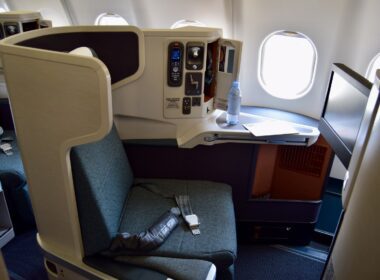

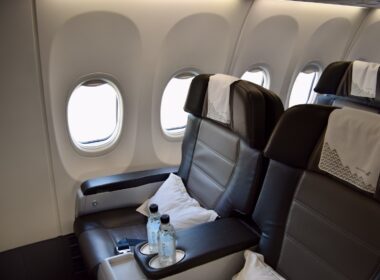
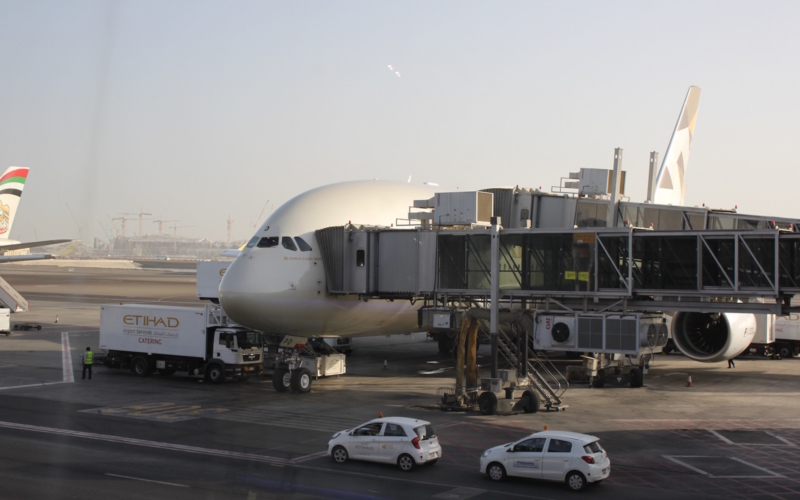
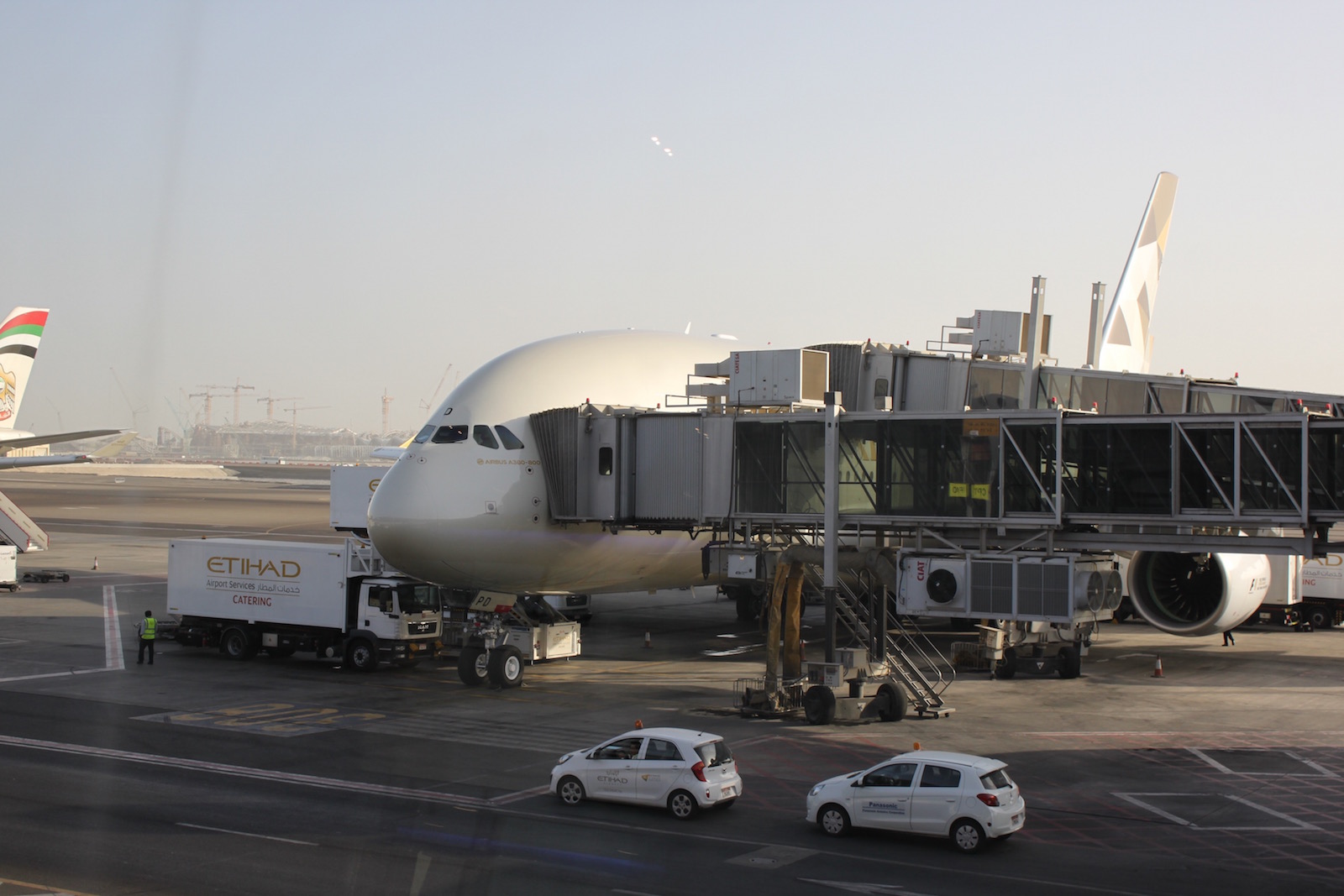

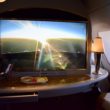


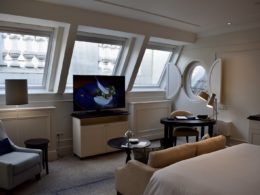

Marlboro sagt: Rauchen erzeugt keinen Lungenkrebs!
Das war auch mein erster Gedanke. Aber andererseits wenn ich mich in Flugzeug hineinsetze, dann vertraue ich auch Airbus, dass das alles hinhaut. Das kann ich selbst gar nicht überblicken.
Ich denke, dass der Weg ins Flugzeug (Anstehen, Busfahrt, überfüllte Kontrolle) eher spannend ist.
Ja genau, dachte ich auch grad.
Ich hab schon erwartet, dass Airbus sagt „Nein, Fliegen ist nur mit 1/3 Besetzung sicher!“ ;)
Nun gut, es geht nicht um Marlboro, Airbus oder IATA. Infektionsketten werden weltweit mehr oder weniger sorgfältig verfolgt.
Verkehrsmittel aller Art spielen bei der Verbreitung nach allen bisherigen Erkenntnissen nur eine untergeordnete Rolle. Da geht es beileibe nicht nur um Flugzeuge.
Es hat ja durchaus einen Grund, dass beispielsweise der innerchinesische Verkehr wieder weitestgehend normal verläuft.
Weiß schon, dass jetzt gleich jemand die chinesischen Zahlen anzweifelt …
Da wir uns ja eher nicht in die Eco setzen wird die Geschichte sowieso ein bisschen entschärft.
Wenn die Durchlüftung dafür sorgt, dass es zu keiner Übertragung der Atemluft kommt, wozu dann Masken in der Kabine?
…und dann mit Xavier, Attila und dem Wendler in der First. Läuft!
; )